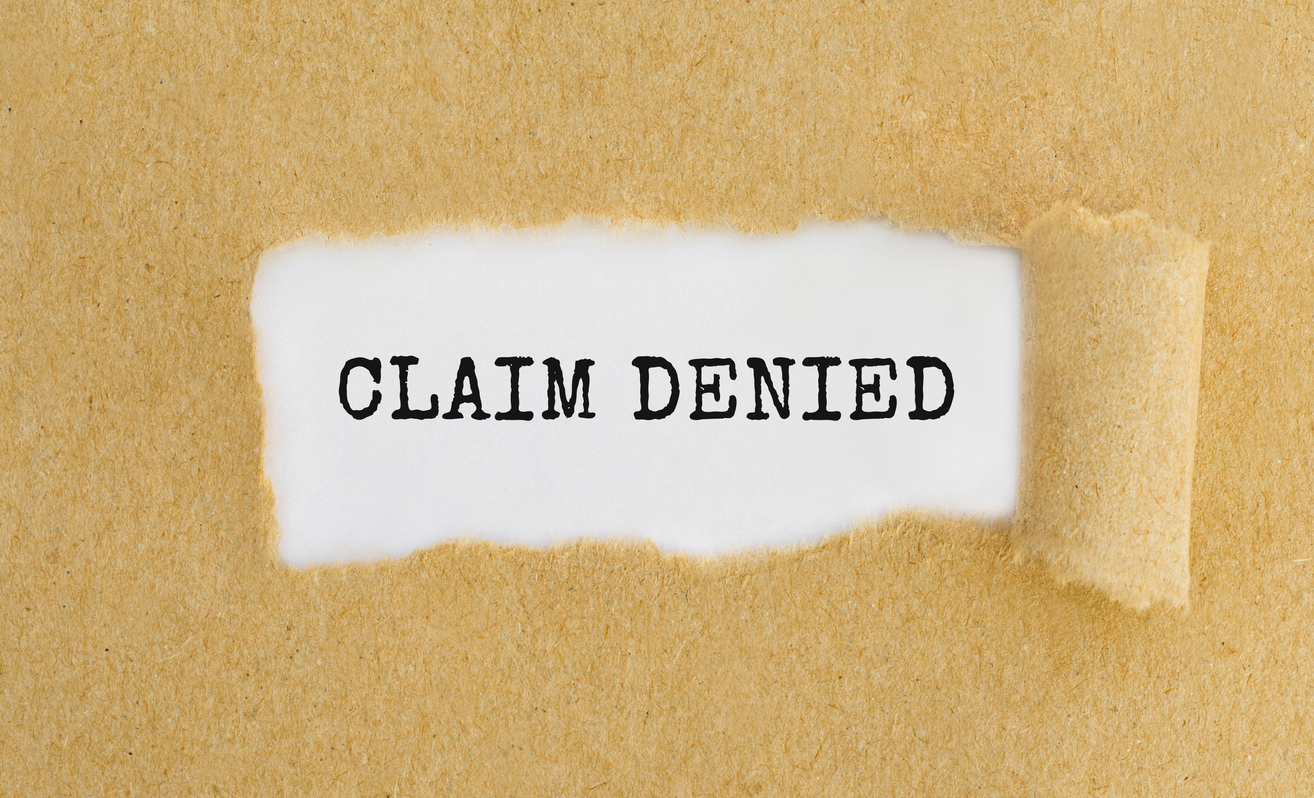The Virgin Islands Division of Banking, Insurance and Financial Regulation recently issued two bulletins.1
The first, Bulletin 2017-07, required property and casualty insurers, effective January 15, 2018, to maintain and submit to the Commissioner with its new or renewal application, a copy of its Catastrophe Response Plan for the benefit of its policyholders in the event of a disaster or emergency which describes how it will respond to a catastrophe affecting its policyholders in this Territory. In providing background for the Bulletin, the Division explained:
In light of the recent passage of Hurricane Irma and Hurricane Maria, which devastated many islands throughout the Caribbean and the infrastructure of the Districts of St. Thomas – St. John and St. Croix, this Bulletin is being issued to all insurers for the protection of policyholders in the Territory. . . . [T]he impact the storms had on the Territory was so great that many Virgin Islands residents are now displaced in various parts of the United States. Not only was there severe damage to properties but communication between persons in and outside the Territory was limited and at times nonexistent. As such, the Commissioner of Insurance recognized that the interest of the public demands that certain insurers have a Catastrophe Response Plan in place should a similar emergency arise again.
To ensure that the insurer is prepared for and can respond to emergencies and disasters that may affect policyholders, the Catastrophe Response Plan, at a minimum, must include:
- -Emergency contact information of the insurer (i.e., electronic mail address, phone number(s), etc.) to be provided to the general public and the Division of Banking, Insurance and Financial Regulation;
- -Emergency contact information of key or essential personnel of the insurer;
- -Alternative office location(s) or worksite(s);
- -Procedures of back-up, storage, and retrieval of records and data, including accessibility to and security of such records and data;
- -Procedures for communication with policyholders;
- -Procedures for the distribution of catastrophe claims information;
- -Procedures for handling and processing of existing claims and potential issues by the insurer;
- -Procedures for training staff; and any other information that may be useful to the policyholder and the Division.
The Division explained this measure is intended “to ensure that a mechanism is in place when a catastrophe occurs and those policyholders suffering any type of losses will have access to emergency information and services provided by the insurer.” The Bulletin seems to acknowledge what many policyholders in the Virgin Islands are unfortunately experiencing – that many insurers are not responding to claims in a timely manner and blaming the delay on the infrastructure damage and related (and imminent) issues associated with a catastrophic event. Even without this Bulletin, one could reasonably argue that a competent insurer, under prevailing industry standards, should already have a Catastrophe Response Plan in place. While this requirement may not benefit the policyholders affected by Hurricanes Irma and Maria, this should prove beneficial for those affected by the next catastrophe.
The second bulletin, 2017-08, focused on misrepresentations and fraudulent conduct in the filing and adjusting of insurance claims. Of note, the Division provided:
[A] reminder to the insurance industry, including adjusters and insurers, that it is a violation of Virgin Islands law to present false claims for payment on an insurance claim and to make misrepresentations when completing applications for insurance and when interpreting the provisions contained in insurance policies.
The Bulletin, with citation to 22 V.I.C. § 1209, reiterated that Virgin Islands law “prohibit[s] an insurer, its representative, or any other person, including adjusters, from misrepresenting the terms and provisions of any insurance policy.” One can speculate that the Division has received complaints from policyholders regarding the information received from their insurer or the insurer’s representative. In addition to criminal and regulatory liability, such conduct would also subject an insurer to civil liability for its bad faith conduct. If a policyholder has concerns about how their claim is being processed or the information being conveyed by the insurer, the policyholder should contact the Division of Insurance or a knowledgeable insurance law attorney.
_________________________
1 Bulletin 2017-07 and Bulletin 2017-08 are available at http://ltg.gov.vi/downloads/forms/b&i/Bulletins/bulletin_2017_07_written_catastrophe_plan.pdf and http://ltg.gov.vi/downloads/forms/b&i/Bulletins/bulletin_2017_08_misrepresentations_and_fraudulent_claims.pdf respectively (last assessed November 14, 2017).



